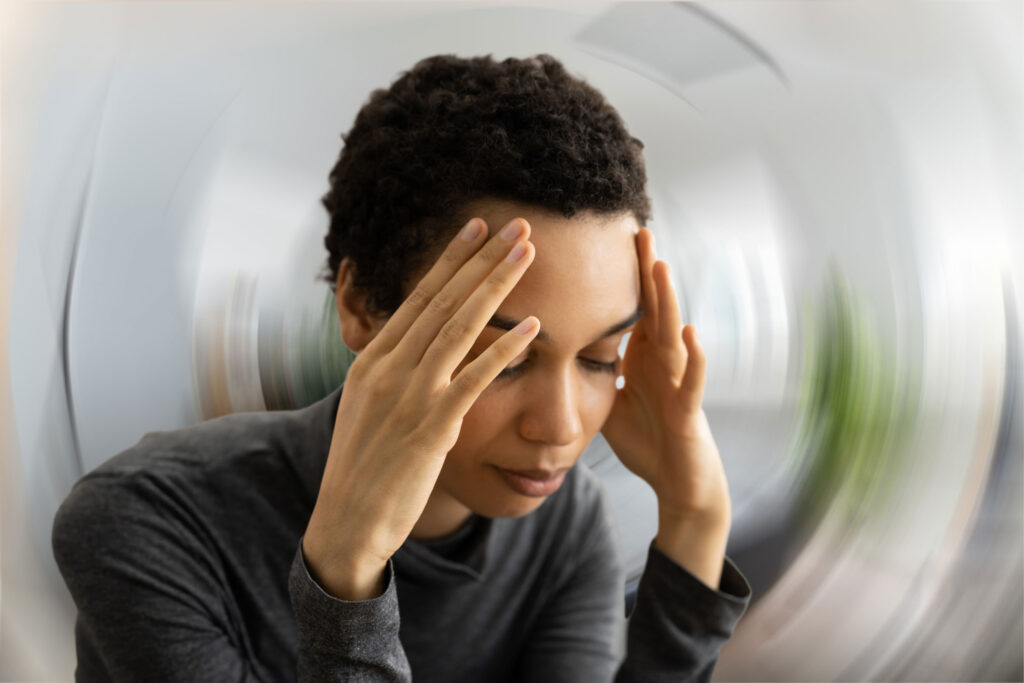- Home
- About
- Team
- FOR PATIENTS
- FOR PROVIDERS
- Newsletter Sign Up
- CONTACT
- SCHEDULE A VISIT

Vertigo is the feeling of dizziness and spinning. It can impact your ability to stay balanced, putting you at risk of falling. Vertigo is technically not a diagnosis itself, rather it is a condition that is a symptom of different, larger issues.
Vertigo can be caused by a new medication, an undiagnosed disease or condition, a vision issue, or an inner ear problem and most often, vertigo is caused by an inner ear problem. There are a couple of inner ear problems that can cause vertigo, including Meniere's Disease, Benign Paroxysmal Positional Vertigo (BPPV), Labyrinthitis, and Vestibular Neuritis.
In order of most common to least:
BPPV: Mild to intense dizziness caused by changes to head positioning.2
Labyrinthitis: Inflammation of the inner ear. Often triggered by a cold, flu, or virus.1 and 3
Vestibular Neuritis: Inflammation of the vestibular nerve, the nerve that connects the inner ear with the brain1 and 3 and is often triggered by a cold, flu, or virus.
Meniere's Disease: Buildup of natural fluid in the inner ear that causes deafness and vertigo.4
The answer is physical therapy!
Some of these conditions can require medication such as steroids or antibiotics, but all of them would benefit greatly from physical therapy.
Physical therapy can reduce dizziness, improve balance, and improve the effects of vertigo through improving core strength, completing vestibular exercises, and reconnecting your vision/spatial awareness with your brain.
Vestibular exercises are repetitive movements that use your vision and proprioception (awareness of the position and movement of the body) in new, different ways so as to help reignite the connection between your inner ear and your brain by using your eyes and head position. They involve things like shaking your head back and forth, up and down, and side to side. They also involve more everyday movements like sitting up or sit-to-stand while being intentional with head positioning and eye tracking.
If you have vertigo, the first step is to get a diagnosis for the larger issue that is causing the vertigo. The second step is to schedule an appointment with one of our physical therapists to treat the vertigo itself and get you back to your well-balanced life!
Sources:
https://www.nhs.uk/conditions/labyrinthitis/#:~:text=Labyrinthitis%20is%20inflammation%20of%20the,sends%20messages%20to%20the%20brain
https://www.mayoclinic.org/diseases-conditions/vertigo/symptoms-causes/syc-20370055
https://www.hopkinsmedicine.org/health/conditions-and-diseases/labyrinthitis-and-vestibular-neuritis
https://www.nidcd.nih.gov/health/menieres-disease


